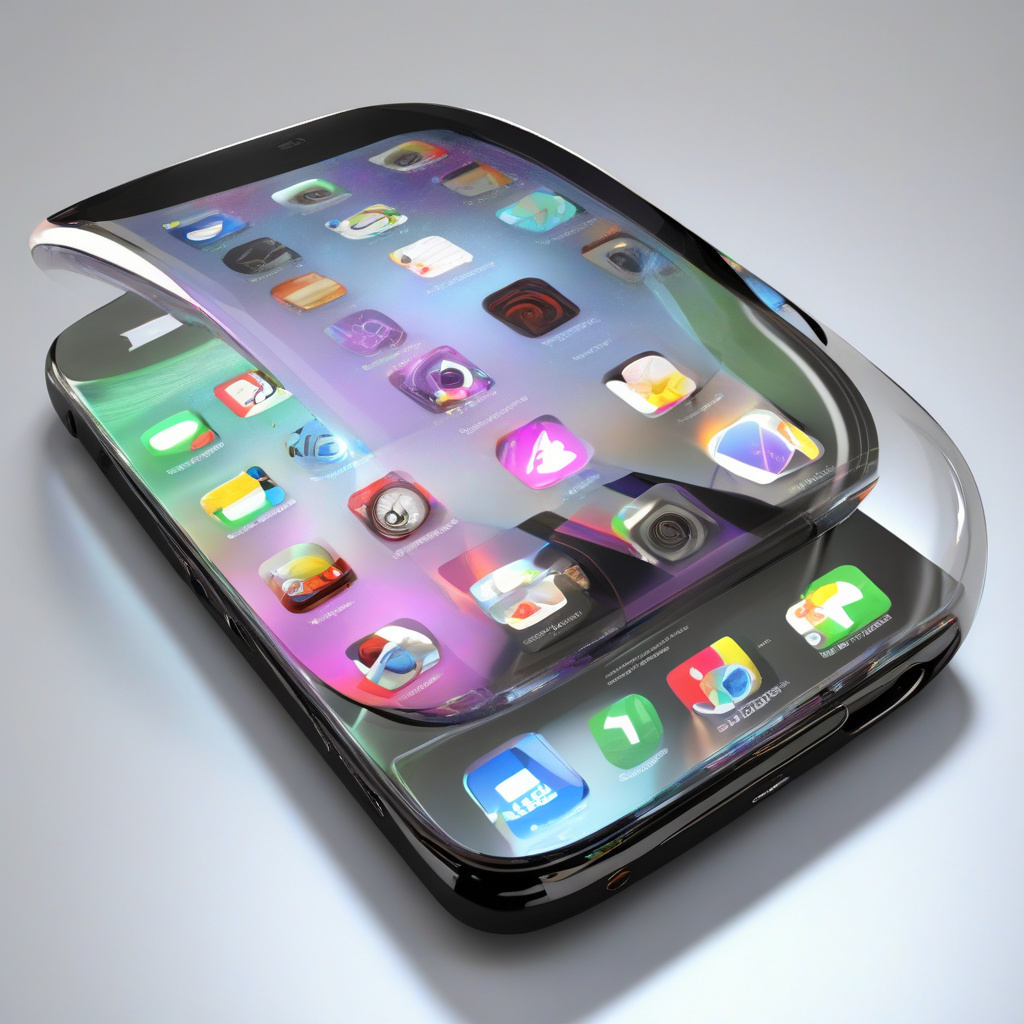As we look towards the future of smartphones, Apple is rumored to be considering a significant design shift for its 20th-anniversary iPhone in 2027. Reports suggest that Apple might be exploring the possibility of incorporating a curved glass design for this special edition device. This potential move marks a departure from the flat-screen design that has been a hallmark of the iPhone lineup for years.
The idea of a curved glass design opens up a world of possibilities for Apple in terms of both aesthetics and functionality. Curved displays have become increasingly popular in the smartphone market, with many manufacturers adopting this design to offer users a more immersive viewing experience. By embracing a curved glass design, Apple could differentiate its 20th-anniversary iPhone from previous models and create a unique selling point for consumers.
One of the key advantages of a curved glass design is its potential to enhance the overall user experience. The curved shape not only looks sleek and modern but also offers practical benefits. For example, a curved display can make gestures more intuitive, providing users with a more natural way to interact with their devices. Additionally, the curvature of the glass can help reduce glare and reflections, improving visibility in various lighting conditions.
From a design perspective, a curved glass iPhone would undoubtedly stand out in a sea of flat-screen smartphones. The smooth, flowing lines of a curved display can give the device a futuristic and premium look, appealing to consumers who value style and innovation. Moreover, the curved glass design could pave the way for new color options and finishes, allowing Apple to offer a greater level of customization to its users.
In terms of technical challenges, transitioning to a curved glass design would require Apple to overcome various engineering hurdles. The manufacturing process for curved displays is more complex than that of flat screens, involving precise bending and shaping of the glass. Apple would need to work closely with its suppliers to ensure that the curved glass meets its high standards for durability, clarity, and touch sensitivity.
While the adoption of a curved glass design presents certain challenges, it also represents an opportunity for Apple to showcase its innovation and design prowess. By pushing the boundaries of smartphone design, Apple can reinforce its position as a leader in the industry and set new trends for others to follow. The 20th-anniversary iPhone with a curved glass design could serve as a statement piece that celebrates Apple’s legacy while signaling its commitment to pushing the boundaries of what is possible in mobile technology.
In conclusion, the rumors surrounding Apple’s potential adoption of a curved glass design for the 20th-anniversary iPhone in 2027 have sparked excitement and speculation among tech enthusiasts. While the specifics of this design choice remain unconfirmed, the prospect of a curved glass iPhone opens up a world of possibilities for Apple in terms of design, functionality, and user experience. If Apple does indeed embrace this new direction, it could mark a significant milestone in the evolution of the iPhone and set the stage for future innovations in smartphone design.

